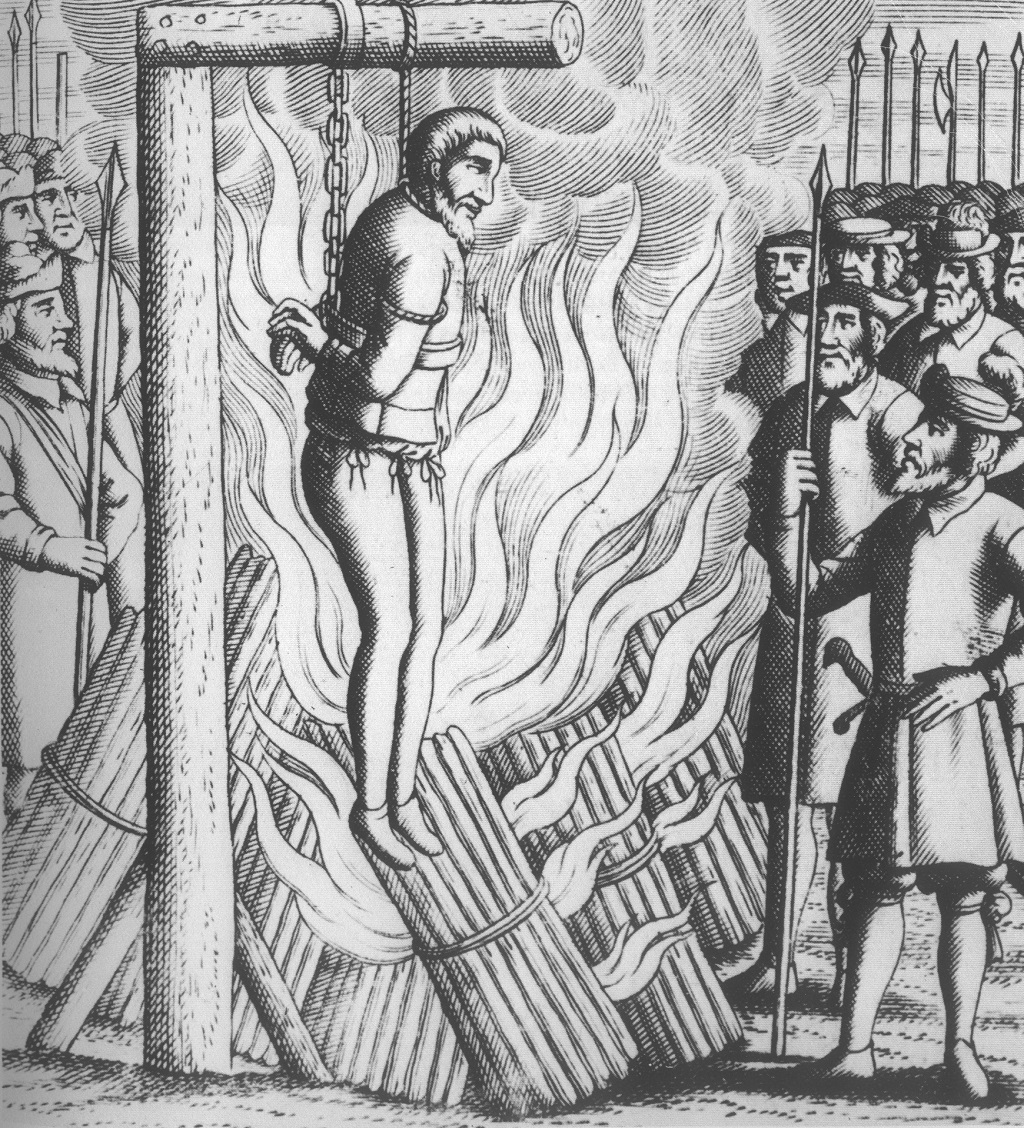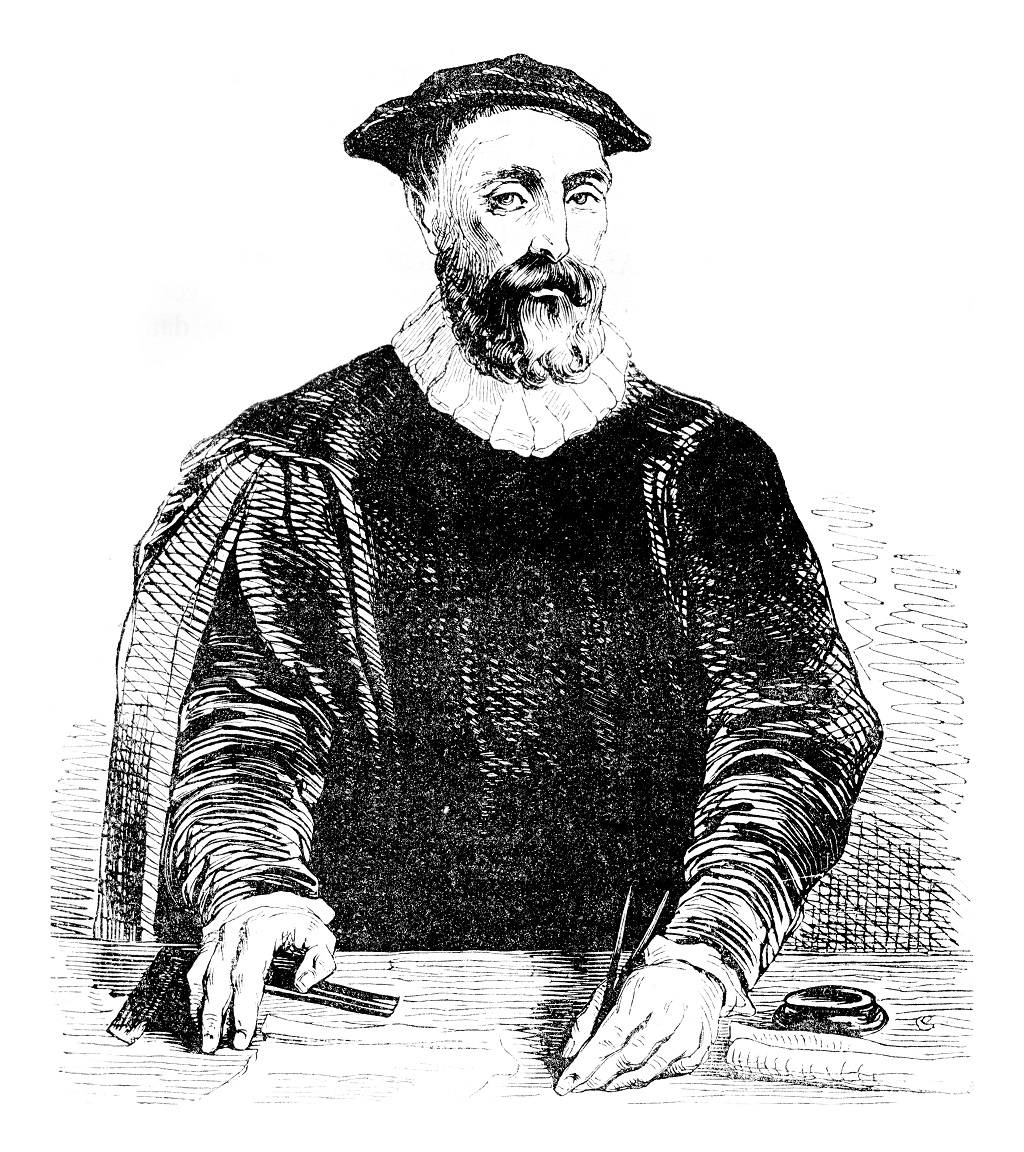
Reforming the popular opinion of John Knox
The fire and brimstone reputation of John Knox obscures his greatness as a statesman and nation-builder.
The Orcadian writer Edwin Muir encapsulated what was, in modern times, the prevailing view of John Knox.
‘As I read about him in the British Museum I came to dislike him more and more, and understood why every Scottish writer since the beginning of the eighteenth century had detested him: Hume, Boswell, Burns, Scott, Hogg, Stevenson,’ said Muir.
Knox, the central figure of the Scottish Reformation, was ‘narrow, sick and almost pathological’. His legacy, supposedly, was a Scotland formed in his own image: judgemental, intransigent, puritanical, misogynistic, self-righteous, sanctimonious and overwhelmingly dour.
But sensitive reappraisals of Knox’s life and influence reveal a man of whom Scots should be proud, rather than a fanatic to be decried.
Knox was born in Haddington, probably around 1505 although perhaps as late as 1514. He was the son of a merchant, studied at St Andrews, and became a Roman Catholic priest and private tutor to the sons of Hugh Douglas of Longniddry and John Cockburn of Ormiston, near his birthplace.
We do not know when he started to have reservations about the state of the Church, but he was profoundly influenced by the reformer George Wishart, even becoming his bodyguard. Wishart was seized on the authority of Cardinal Beaton in 1545 and told Knox, who wanted to be imprisoned with his mentor, ‘Nay, return to your bairns and God bless you. One is sufficient for a sacrifice.’

The martyrdom of George Wishart
Wishart was burned at the stake the following year and Beaton assassinated in retaliation, with the rebels responsible seizing St Andrew’s Castle, where they were besieged for 18 months. They called on Knox to become their chaplain: his Garden of Gethsemane moment, the point at which he must have asked God to ‘take this cup away from me’.
On hearing the news of his election, he burst into tears and fled the room. This was not false modesty. Wishart had been martyred for his beliefs; to accept the position as his successor meant accepting the likelihood of a similar fate.
The future regent, Mary of Guise, widow of King James V, called on French allies to break the siege, which they did in 1547. Knox was captured and spent the next 19 months as a galley slave.
Quite why Knox was released is uncertain, but high powers must have been involved as he went to work for the Archbishop of Canterbury Thomas Cranmer, was appointed as chaplain to the garrison town of Berwick, preached before Edward VI and was instrumental in developing his Protestant Prayer Books.
Edward’s death and the accession of Mary Tudor to the throne of England meant Knox fled to the Continent, preaching in Frankfurt and in John Calvin’s Geneva. He had now eluded death twice, and was able to see how a community organised around Protestant principles might be a functioning political state.
As well as marrying and having two sons, he wrote his most notorious pamphlet, The First Blast Of The Trumpet Against The Monstrous Regiment Of Women.
This was not a general attack on women, but a specific polemic against female rulers: two of whom, of course, had wanted him dead.
Although it offended Elizabeth I, she took from it a key lesson: a female ruler, Knox argued, would always run the risk of being subordinated to her husband in an age of dynastic politics.
Knox returned to Scotland in 1559, in the full knowledge that his homecoming would most likely be a death sentence. He had originally thought to return to England, but Elizabeth’s pique at his views on female rule meant he was denied even a passport to travel through England. He was, by this stage, around fifty.
Had he died at any point previously – in the galleys, under Marian persecution, en route to Scotland – he would have been a minor figure in the English and Continental Reformation. Indeed, one Scottish Catholic adversary, Ninian Winzet, mocked him for his English accent: Knox was not yet the prototype of Scotland.
But both the popular tide and the aristocratic Parliament were moving towards accepting Knox’s beliefs, and Knox became a reluctant figurehead. Despite his famous saying, ‘One man with God is a majority,’ Knox’s successes relied on grass roots involvement. Although he expected to be a martyr, Knox was actually a skilled state builder.
In 1560, after the death of Mary of Guise, and with the Reformation in the ascendancy, he was one of a committee called the Six Johns – Knox, Spottiswood, Winram, Willock, Douglas and Row – who drafted The Book Of Discipline, a template for how the state would be reorganised.
The congregations of each parish would call their ministers rather than having them imposed by landowners and feudal chiefs. The minister, an equal to his flock, would combine with them to deal with minor legal affairs, poor relief and the education of all the parish’s children.
It was a more democratic form of government, and it was the most important precursor to the welfare state. When Knox obtained power, he bequeathed power.

John Knox
That is not to say that there were not turbulent times ahead. His meetings with Mary of Guise’s daughter, Mary, Queen of Scots, have accreted layers of legends: her weeping, him denouncing, him weeping, her rebuking. He thundered from the pulpits in public, and in private was dependent on female friendships and trusted colleagues to whom he confessed his anxieties and doubts, his misgivings and forebodings. The stern patriarch of myth was a conflicted, hesitant and tortured – both literally and metaphorically – figure.
When he died in 1572, it was said at his funeral that, ‘here lies a man who in his life never feared the face of man’. To borrow a phrase, he could speak truth to power. But he did so not because he was without fear, but because he was dreadfully fearful: afraid of how he would and must be judged, afraid of not being good enough, afraid of what would happen to others if he did not speak out.
Even if one disagrees with his theology, Knox has another legacy: he was a great writer. His History Of The Reformation In Scotland is a new kind of history.
It is personal, sarcastic, inflammatory, melancholy – it is wonderfully partial rather than thinly and coyly impartial.
It may sound egotistical, but Knox was one of the first writers to think that the ‘I’ in a story was important.
Scotland jibs from the cliché version of Knox, the black-clad killjoy. It is right to do so, and even more important to realise that the cliché is a cliché. The 19th-century author Thomas Carlyle thought Knox a hero – and he was right.
Perhaps the day will come when we will celebrate rather than denigrate what Knox achieved.
TAGS

